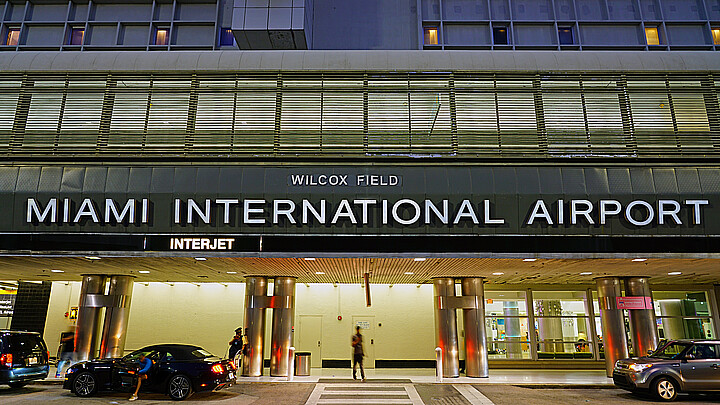Politics
U.S. stands ready after Russian fleet leaves Cuba, waits to see if naval warships sail to Venezuela
A Russian warship fleet departed Havana after a five-day visit to the communist island where it executed military drills

June 19, 2024 8:59am
Updated: June 19, 2024 10:22am
A Russian fleet of warships that departed from the port of Havana where it engaged in a series of planned military drills, is now expected to resurface on the shores of its communist ally in Venezuela.
The warships, which included a frigate and nuclear-powered submarine were anchored at Havana Bay just 90 miles from the Florida Keys, a series of small islands and cays at the southern most tip of the United States.
ADN reported the imminent arrival of the ships on June 6 after unnamed Biden administration advisers warned the McClatchy news service and The Miami Herald that Moscow was planning a series of military exercises in the Caribbean.
The exercises were believed to be saber rattling by the Kremlin in response to planned naval exercises scheduled by NATO countries in the Baltics in the wake of the U.S. sending about $60 in aid to Ukraine and President Biden’s decision to allow Kyiv to start striking targets within Russia.
That report came several months after ADN America reported on Nov. 12 that Havana held a ceremony to honor a special Russian spy group, which also awarded a medal to Gen. Andrei Gushchin, who has been heading the Russian Ministry Defense Task Force in Cuba.
In February, the TASS state press agency also reported that Nikolay Patrushev, who was then Secretary of Russia’s Security Council was in Havana “to hold Russian-Cuban security consultations.”
Despite the news of the fleet arriving in the Western Hemisphere, U.S. officials said they did not view the Russian warships as a threat and that the American navy was keeping a close watch on the foreign vessels.
Shortly after the Russian warships arrived in Havana, the U.S. docked a submarine, the USS Helena, at its Naval Station Guantanamo Bayin Cuba on Thursday.
The American naval base, which is located in the southeastern part of Cuba about 625 miles from the Cuban capital city of Havana and is considered to be illegally occupied territory by the Castro regime.
Cuba's Foreign Minister demanded the U.S. return the base in 2013 at the United Nations, a futile herald that followed a 2012 New York Times column calling for the same.
The Cuban regime reportedly arranged for its supporters to wave Russian flags as the Kremlin’s warships left on Monday.
Cuba’s communist party appointed ‘president,’ Miguel Díaz-Canel visited the fleet on Saturday and spoke with Russian sailors on the frigate according to a post on the X social media platform.
In a scene reminiscent of the 1962 Cuban Missile Crisis, Havana insisted that none of the Russian warships were carrying nuclear weapons.
But Washington remained hawkish in the wake of Moscow’s defense ministry boasting that the Admiral Gorshkov frigate. a class of Russian warships valued at about $250 million—and the K-561 Kazan submarine were both capable of carrying advanced 3M22 Zircon hypersonic missiles.
After departing Cuba, the warships have been expected to sail to Havana’s communist ally, Venezuela. The two countries have been loyal allies of both the Russian Federation and its political ancestor, the Soviet Union.










